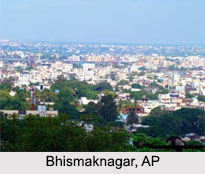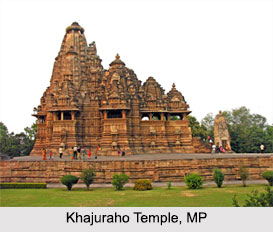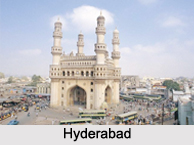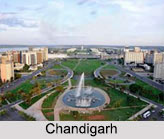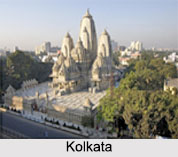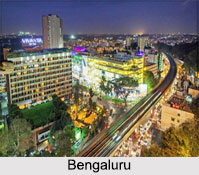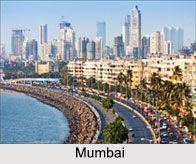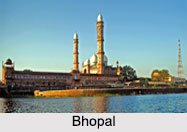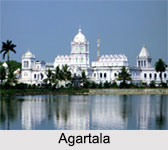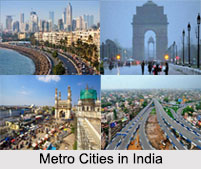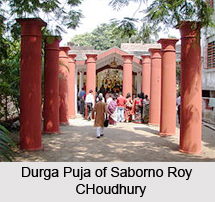 Lakshmikanta Roy Choudhury, who was also known as Ray Lakshmikanta Gangopadhyaya Majumdar Chowdhury, was a medieval Brahmin scholar and illustrious character who received tax free jagirdari of eight Parganas on the eastern bank of river Hoogly, including the land in and around Kolkata as Gurudakshina in 1608 from the Mughal Emperor Jehangir through Raja Man Singh, along with titles of Ray and Choudhuri.
Lakshmikanta Roy Choudhury, who was also known as Ray Lakshmikanta Gangopadhyaya Majumdar Chowdhury, was a medieval Brahmin scholar and illustrious character who received tax free jagirdari of eight Parganas on the eastern bank of river Hoogly, including the land in and around Kolkata as Gurudakshina in 1608 from the Mughal Emperor Jehangir through Raja Man Singh, along with titles of Ray and Choudhuri.
Descendant of Saborno Roy Choudhury of Barisha
Lakshmikanta Roy Choudhury was the 21st descendant of the Sabarna Roy Choudhury family. The name of Laksmikanta and the Sabarna Roy Choudhury family is an integral part of the history of Kolkata.
Jiya Gangopadhyay was a famous classical Sanskrit scholar of Halisahar. He was a Vidya Bachaspati. Jiya Gangopadhyay got married with a pious and charming lady named Padmabati Devi. However, as they could not produce any child, they were advised to go to Kalishetra (Kalighat) and pray before the Goddess for Her blessings. Their hard penance at Kalighat, under the guidance and advice of the chief priest of the temple and renowned saint Thakur Atmaram Brahmachari, and a Divine Oracle on an early January morning in 1570 earned them a boy child the same year on the day of Laksmi puja, however soon Padmabati died. The boy child was named Laksmikanta. Jiya, highly grieved, at the death of his beloved wife Padmabati, decided to renounce the worldly life and become an ascetic. He left the child with Thakur Atmaram Brahmachari, and after being consecrated as Kamdev Brahmachari, he left for Varanasi, Uttar Pradesh.
Administration of Lakshmikanta Roy Choudhury
In the year 1591, Raja Basanta Ray of Jessore Estate in medieval Bengal with fatherly affection took Laksmikanta Roy Choudhury with him to Jessore and made him to join at the work of the estate as the Revenue minister. Pratapaditya, the nephew of Raja Basanta Ray and Laksmikanta working hand in hand made Jessore one of the most prosperous estates. Pratapaditya who was so much loved by Emperor Akbar, suddenly after the death of his father Vikramaditya, became a tyrant and declared independence from the Mughal empire. Laksmikanta protested and tried to resist this unethical decision and treason with the Mughal Emperor. Pratapaditya did not pay any heed to Laksmikanta"s words. Very soon, out of high ambition Pratap murdered his uncle Raja Basanta Ray at Raigarh fort on the bank of river Hoogly near Kolkata.
Raja Basanta Roy and Lakshmikanta Roy Choudhury
Being a pious Brahmin and an affectionate of Raja Basanta Ray, Lakmikanta could not tolerate Pratapaditya anymore. He resigned from his services and came back to his birthplace Kalishetra and engaged himself in meditation. Emperor Akbar became sad with the turn of events in Jessore Estate and sent troops to suppress Pratapaditya"s rebellion. But for the next few years every time the Mughal army failed to teach Pratap any lesson. After the death of Akbar in 1605, Emperor Jahangir sent Raja Man Singh to Bengal on the next expedition.
Lakshmikanta Roy Choudhury and Akbar
The Emperor after the decline of Pratapaditya"s revolt gifted Laksmikanta a diamond ring in appreciation. It will be worth mentioning that both the Mughal and the Sabarna family had friendly ties since the days of Emperor Humayun. Laksmikanta`s great grandfather Panchanan Gangopadhyay alias Panchu Shakti Khan was among the closest associates of Mughal Emperor Humayun.
Related Articles
Kolkata, Indian City, West Bengal
Culture of Kolkata
History of Kolkata
British Monuments in Kolkata
Victoria Memorial
Birla Planetarium
Modern History of Kolkata
Medieval History of Kolkata
